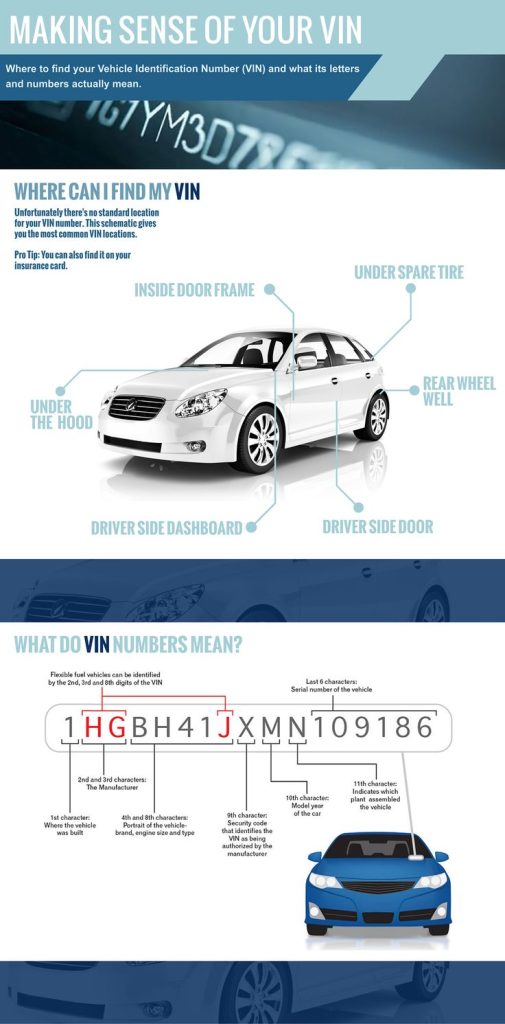Repair instructions
Where is the VIN Number on a Car?
The Vehicle Identification Number (VIN) is a unique 17-digit code that provides essential details about your vehicle, such as its history, compatibility with parts, and whether it’s involved in any recalls. You’ll find the VIN in several locations on your car, including the driver’s side dashboard, doorjamb, under the hood, or on the driver’s side quarter panel. Knowing how to locate and read your VIN is vital for maintaining your vehicle’s records and ensuring its safety.
Where to Find the VIN Number
The VIN is a unique code that every car has. It’s crucial for identifying your vehicle and can help with everything from ordering parts to checking for recalls. If you’re looking for the VIN on your car, here are the most common places to check:

1. Driver’s Side Dashboard
Look through the windshield on the driver’s side. You should see a small metal plate near the bottom corner of the windshield, usually in the lower left. This is your VIN plate. The numbers and letters will be around 1/4 inch in size, and you should be able to see the entire VIN through the glass.
2. Driver’s Side Doorjamb
Another place to find the VIN is on the driver’s side doorjamb, typically on the B-pillar (the inner part of the frame where the door meets the car). You’ll find the VIN printed on a sticker that may also include other important vehicle info, such as the manufacturer’s details, production date, and tire specifications.
3. Under the Hood
If you pop the hood, check the engine bay for the VIN sticker. Some manufacturers place it in front of the engine block or near the radiator, while others may have it on the firewall on the driver’s side. The sticker can vary in color—silver, white, or black—depending on the manufacturer.
4. Driver’s Side Quarter Panel (Older Cars)
For classic or older cars (particularly from the ’60s or ’70s), the VIN plate might be riveted onto the driver’s side quarter panel. This location was more common before the 1980s.
5. Vehicle’s Title and Registration Records
The VIN is also listed on the vehicle’s title, registration records, and the DMV’s database. If you’ve recently purchased a used vehicle, you can check the VIN with your local DMV to obtain a vehicle history report.
6. Vehicle’s Insurance Card
Another easy place to find your VIN is on your car’s insurance card or policy documents.
What is a VIN Number?
A VIN is like your vehicle’s fingerprint—unique to each car. It’s a 17-character code made up of numbers and letters that provide detailed information about your vehicle, including the country of origin, manufacturer, model year, and specific factory where it was built. Since 1981, the VIN format has been standardized to ensure uniformity across all vehicles.
How to Read a VIN Number
The VIN is divided into four distinct sections:
- World Manufacturer Identifier (WMI): The first three characters.
- Vehicle Description Section (VDS): Characters 4 to 8.
- Check Digit: The 9th character.
- Vehicle Identifier Section (VIS): Characters 10 to 17.
Each group tells you something specific about the vehicle, such as the manufacturer, the country where it was built, its model year, and its unique serial number.
VIN Number Breakdown: What Each Character Means
Here’s a quick guide to understanding the first few characters of your VIN:
- 1st Character (Country of Origin):
- “1” = North America
- “9” = Brazil
- “V” = France or Spain
- “J” = Japan
- “S” = United Kingdom
- 2nd Character (Manufacturer):
- “A” = Audi, Alfa Romeo, or Jaguar Land Rover
- “B” = Dodge
- “C” = Chrysler
- “F” = Ford
- “T” = Toyota or Lexus
- “N” = Nissan or Infiniti
- 3rd to 8th Characters (Vehicle Description): These tell you about the vehicle’s features, such as body style, engine type, and braking system.
- 9th Character (Check Digit): A unique digit used to verify the accuracy of the VIN.
- 10th Character (Model Year): This letter or number indicates the vehicle’s production year. For example, “B” stands for 1981, and letters continue up to “Y” for 2000.
- 11th Character (Assembly Plant): This identifies the plant where the car was manufactured.
- 12th to 17th Characters (Serial Number): These characters represent the unique serial number assigned to the vehicle.
Why is the VIN Important?
Your vehicle’s VIN is essential for tracking its history, including recalls, accident reports, and previous ownership. It’s also necessary for ordering the correct parts when repairing your vehicle. Always keep track of your VIN for future reference—it’s a critical tool for car repairs, registration, and insurance.
